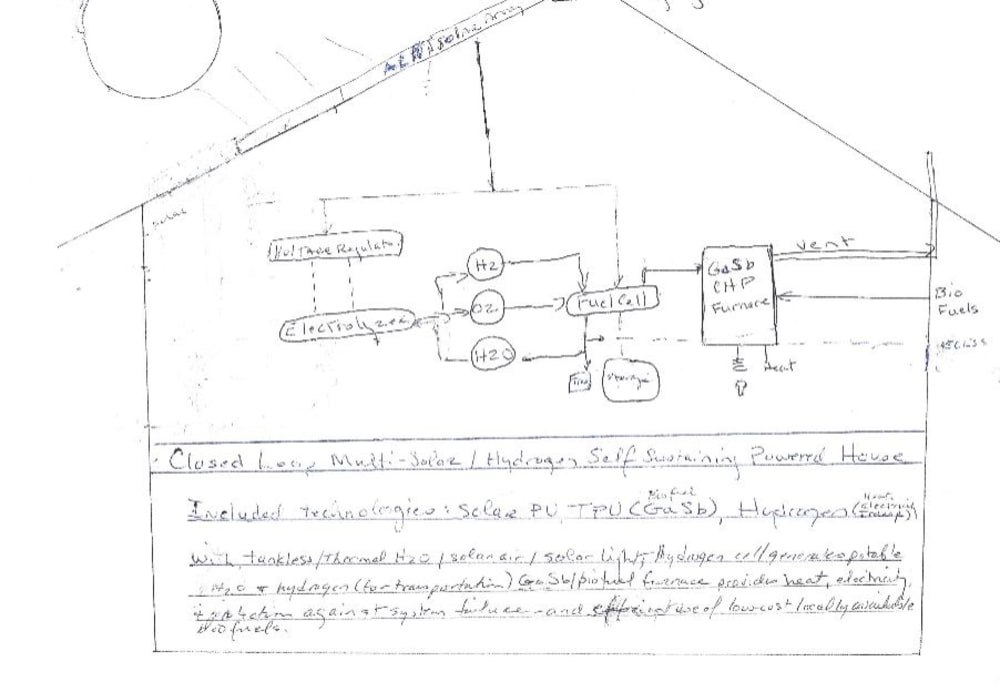If power must come before work, water is requisite for human survival. Water covers 70% of the earth, but only 1 percent of water is drinkable. In fact, it is estimated that 9 million people will die this year for lack of access to clean water and that by 2025 5 billion people are expected to experience periods of water shortages that will also impact food production and crops. At the same time, availability of electric power is expected to be limited by the water shortages and to continue to be impacted by environmental and weather disasters resultant from Global Warming and attendant Climate change.
In an effort to forestall these threats to human lives, governments are shutting down fossil fuel and nuclear power plants and encouraging development of ever newer renewable energy technologies and installation of utility scale, commercial and residential renewable energy systems and use of electrical and natural gas heating. Both of the latter, however, leave environmental residue.
Use of renewable energy systems (wind and solar) has been limited by their classification as transient power sources. Off grid systems use batteries and/or gas powered generators to overcome this limitation and thus cancel any gains made toward environmental neutrality, the only hope today for slowing global warming.
Others try to perfect individual technologies when in fact, the key to achieving environmental neutrality in power production and usage has been well demonstrated by the NASA space program for decades. That is, the integration and balancing of several compatible technologies based on overall system self sustainability. The means to do so exists today. It begins by looking at a site based on needs and meeting those needs not through one source of power, but rather, through the most efficient technological approach and integrating those approaches so that they are self-sustaining.
Using this method, the system is constructed like a space capsule to be self-generating and consuming. Today, the conversion of a site to renewable energy begins with calculating total power requirements rather an analysis of the how the power is consumed. Heat, hot water, electricity for lighting, appliances, etc. are lumped together. Clean water, waste disposal and transportation fuel are all considered separately. In the ENP home living system as in NASA's space capsules, a self-contained system is designed with technologies balanced and integrated to provide not only efficiency and independence, but also, as with NASA, the security of redundancy and back-up for assured survival regardless of the availability of communal water or power supplies.
Like this entry?
-
About the Entrant
- Name:Louise Hart
- Type of entry:individual
- Patent status:pending

